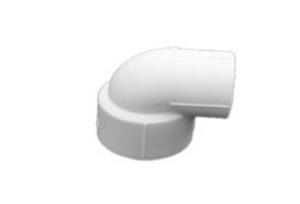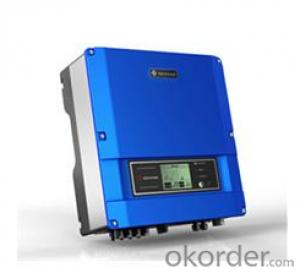Best Solar Inverter On Grid
Best Solar Inverter On Grid Related Searches
Led Light Bulbs For Ceiling Fixtures Led Lamps For Ceiling 42 In Ceiling Fan With Light Parts For Light Fixtures Light Projector For Christmas Grill With Led Light Bar Hanging Lights For Kitchen Bar Ceiling Lights For Sitting Room Ceiling Brackets For Lights Ceiling With Led LightsHot Searches
Aluminium Wire Mesh Manufacturers India Ceiling Fan Lowest Price Aluminium Scaffold Planks Sale Aluminium Walkway Mesh Prices Aluminum Bar Stock For Sale High Mast Light Price List Solar High Mast Light Specification High Mast Light Specification 6061 Aluminum Bar Stock Price Aluminum Bar Stock Price Stage Light Price Solar Inverter Fault Light Led Light Manufacturers Aluminum Round Bar Stock Sizes Aluminum Round Bar Stock Near Me Ceiling Fan Lowest Price Aluminum Flat Bar Stock Near Me Aluminum Bar Stock Sizes Aluminum Bar Stock Suppliers Aluminum Bar Stock Near MeBest Solar Inverter On Grid Supplier & Manufacturer from China
Okorder.com is a professional Best Solar Inverter On Grid supplier & manufacturer, offers integrated one-stop services including real-time quoting and online cargo tracking. We are funded by CNBM Group, a Fortune 500 enterprise and the largest Best Solar Inverter On Grid firm in China.Hot Products
FAQ
- There are three main types of solar inverters: string inverters, microinverters, and power optimizers.
- No, a solar inverter cannot be used without solar panels. The purpose of a solar inverter is to convert the direct current (DC) generated by solar panels into alternating current (AC) that can be used to power electrical devices in a home or building. Without solar panels producing DC electricity, there would be no input for the inverter to convert.
- To choose the right size solar inverter for your system, you need to consider several factors. Firstly, determine the maximum power output (in watts) of your solar panels. This information can usually be found in the manufacturer's specifications. Next, calculate the total wattage of all your solar panels combined. Once you have this figure, select an inverter with a capacity slightly higher than your total wattage to allow for any future expansions or efficiency losses. Additionally, consider the type of inverter (string or micro) depending on your system layout and shading issues. Lastly, ensure that the inverter is compatible with your specific solar panel technology and has the necessary certifications and warranties for reliable performance.
- A solar inverter handles grid frequency deviations by continuously monitoring the frequency of the grid and adjusting its output accordingly. If the grid frequency deviates from the set nominal frequency, the inverter uses its internal control algorithm to regulate the power output from the solar panels to match the grid frequency. This ensures that the inverter stays synchronized with the grid and helps maintain stability in the overall power system.
- How the output voltage of the PV inverter and the grid-connected voltage are determined
- DC voltage and AC side voltage does not matter, the general PV inverter AC output is 400V / N / PE. With no isolation transformer and output voltage does not matter, grid-connected inverter is the regulation of current, and network voltage depends on the grid voltage. And the grid before the inverter will detect the grid voltage, meet the conditions will be network.
- The temperature can significantly affect the performance of a solar inverter. As the temperature increases, the efficiency of the inverter decreases. This is because the internal components of the inverter can overheat, leading to a decrease in power conversion efficiency. Additionally, high temperatures can also cause voltage drops and create thermal stress on the components, which can further impact the performance and longevity of the inverter. Therefore, it is crucial to consider temperature management and cooling mechanisms to ensure optimal performance and reliability of a solar inverter.
- A solar inverter prevents reverse current flow by using a built-in feature called an anti-islanding protection mechanism. This mechanism detects when there is a loss of grid power and immediately shuts down the inverter to prevent any power from flowing back into the grid. This ensures the safety of utility workers who may be working on the grid during a power outage and also prevents damage to the solar panels and the inverter itself.
- A solar inverter handles reactive power compensation by using advanced control algorithms and capacitors. It actively measures the reactive power in the system and generates the necessary reactive power to balance it out. This helps stabilize the voltage and ensures efficient energy transfer between the solar panels and the grid.









































